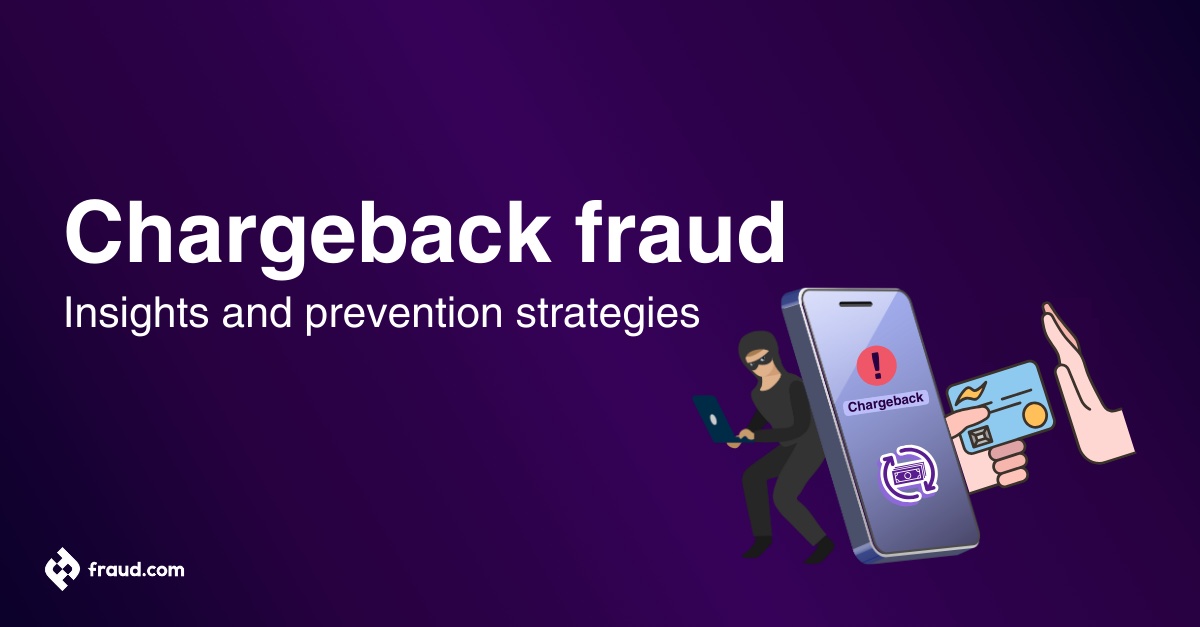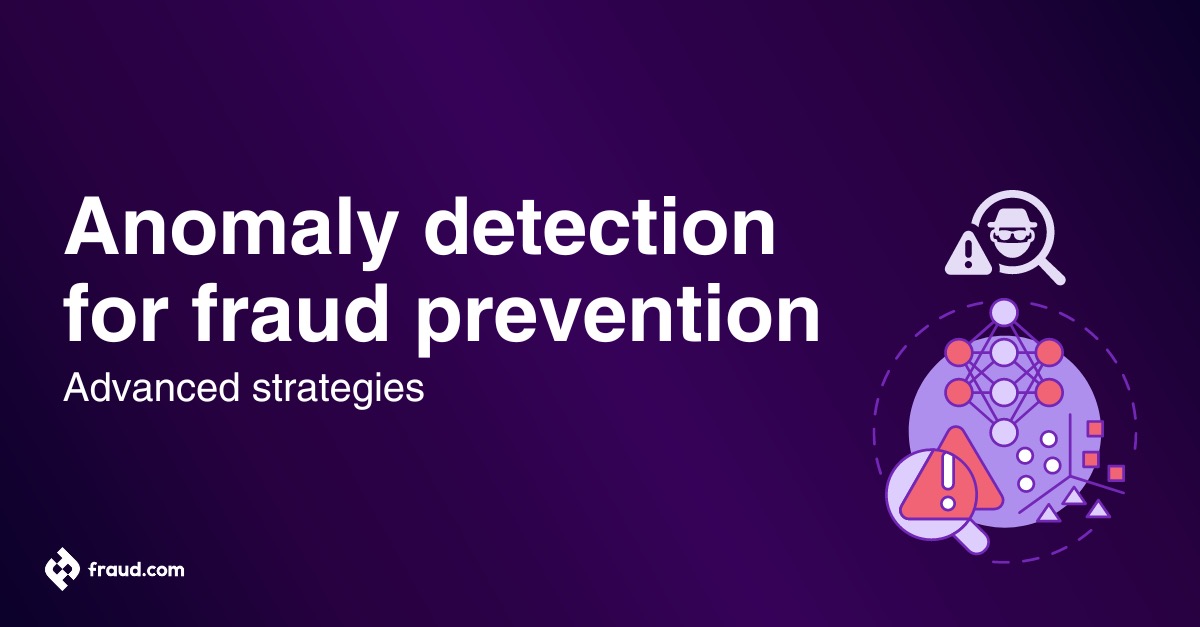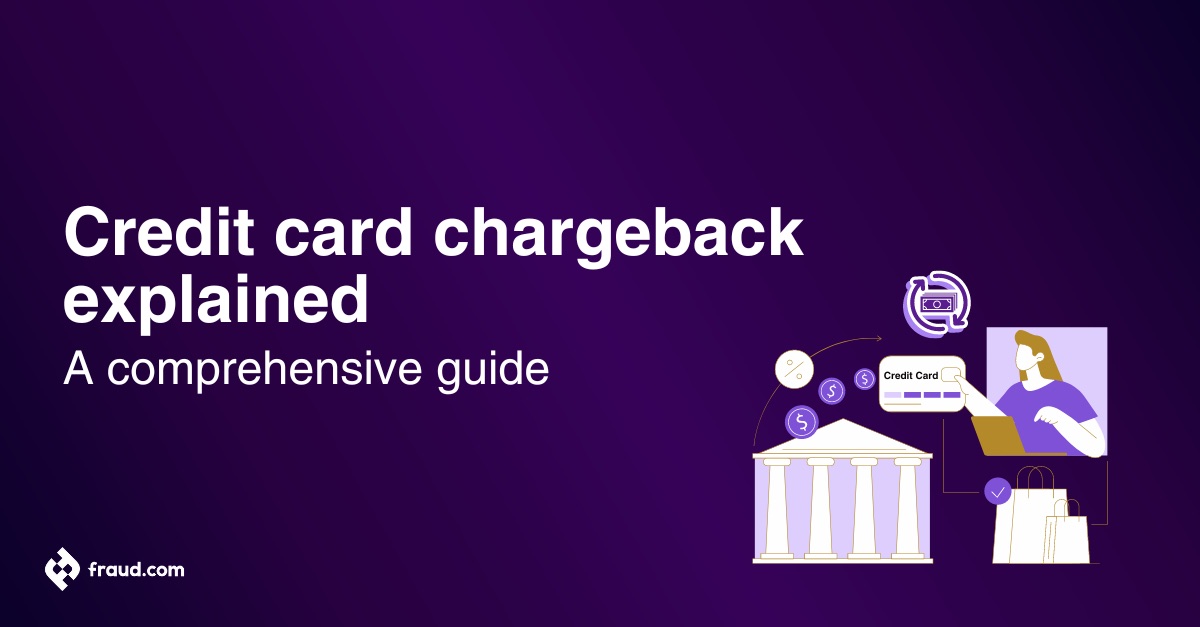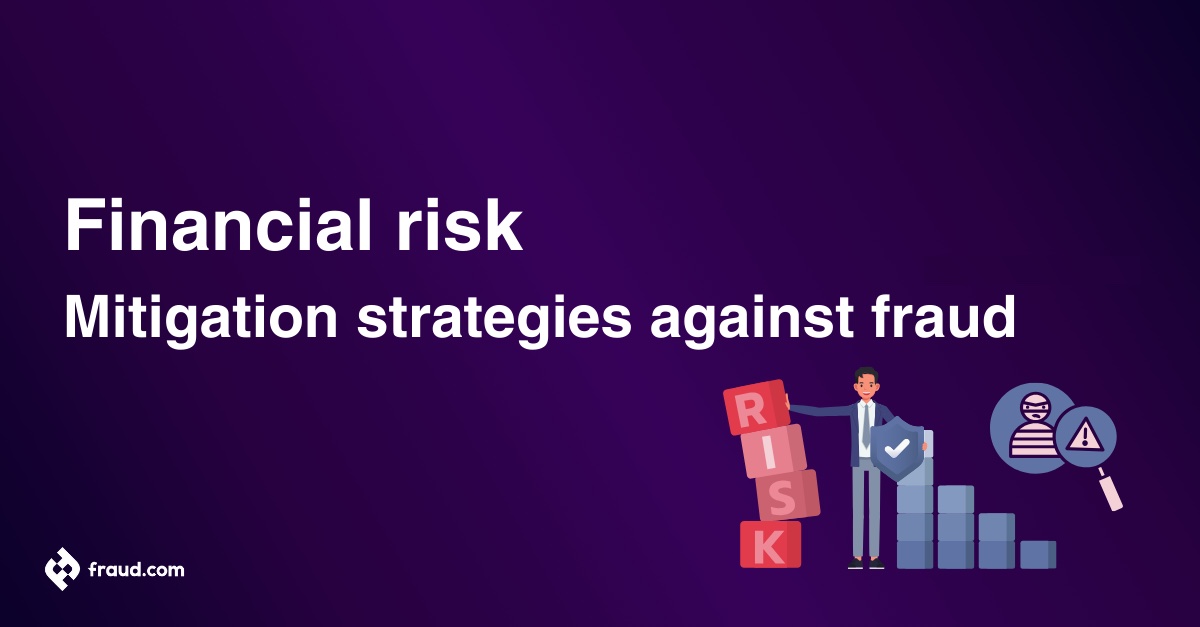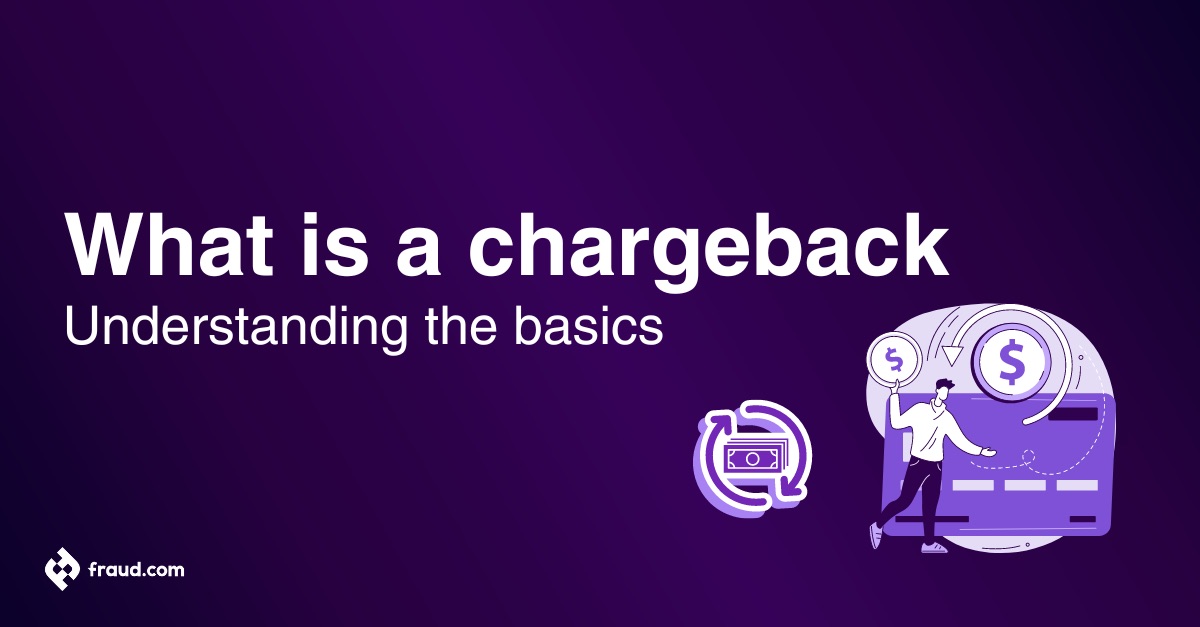In 2016, the Fraud Detection and Prevention (FDP) market was worth $14.36 billion and it is forecast to increase to $33.19 billion by 2021. This puts the compound annual growth rate at around 18.2% in the five years to 2021! This exponential growth in the FDP market is due to a number of reasons like the increase in mobile banking and e-transactions, the rise and rise in online business as well as emergence of dependable big data analytics.
With increased levels of fraud within financial institutions, it is no surprise that banks are increasingly struggling to manage their fraud operation centers.
Almost every second day you hear about banks being informed about sizable scams with the said banks not able to scrutinise everyone of them owing to problems with resourcing within their fraud teams which then stops them from investigating every reported incident.
In the foreseeable future, it doesn’t look like there will be a downturn in the number of fraud cases, instead their complexity, type and the amount of time and resource spent on investigations is set to grow rapidly.
The complexity of fraud operations are almost always directly proportional to the nature of the incident, however, these investigations are usually also fraught with issues relating (almost always) to the number of sign-offs required between steps, number of steps and the fact that every bank uses a different set of fraud detection and prevention tools at their Fraud Operation Centers (FOC) to combat fraud in channels such as internet, mobile, phone, AML and others.
Usually, it is these multiple iterations, handovers and manually controlled processes that prevent financial institutions from achieving effective and efficient compliance systems.
The presence of a variety of tools, processes, sign-offs and other red tape has also seen the rise of greater operational risks and several large fines for these financial businesses.
It is not that the fraud detection and prevention tools that banks use are not ideal, but the main issues that arise from disjointed operations is that each tool has its own management team, resulting in several teams within a financial operations centre. Usually, none of these teams & tools are connected to each other or are even aware of the relevance and importance of the data sets each of these teams holds. This leads to a considerable slowing down of the fraud management process.
To test how frictionless we could make the fraud management process, we connected the data and teams over FCASE. Once connected, we saw a significant improvement in the efficiency of the unit. So much so, that we were able to cut the number of employees within the fraud operations business by more than half- just by utilising the many features available over FCASE.
As is always the case in every sphere of life, the key to efficiency is good management. Same is the case with data fraud operation centres. Proper and seamless organisation of fraud detection and prevention tools coupled with software that can interconnect in a way that lag and complexity can be erased from the system is the answer to the data friction problem.
Tackling data friction with fcase
fcase is an anti-fraud orchestration platform designed to help financial institutions tackle financial crime. One of the ways it can address the data friction problem is by bringing together disparate data sources from various systems and creating a single, unified view of customer data. This can help institutions better identify potential risks and suspicious activity.
Additionally, fcase’s advanced analytics capabilities can help automate certain processes, reducing the need for manual reviews and increasing efficiency. By streamlining data analysis and reducing the manual workload, fcase can help financial institutions overcome data friction and improve their ability to combat financial crime.



